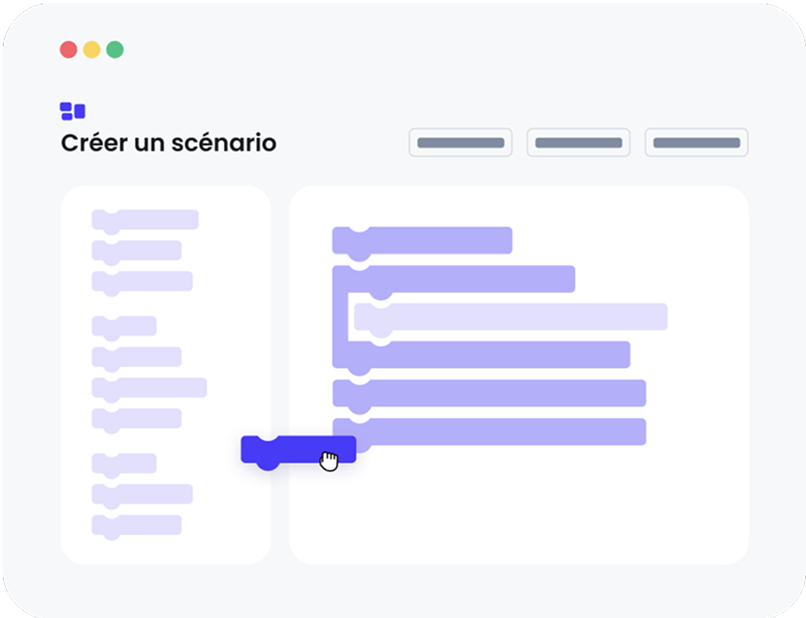Accessibility testing: Inclusive journeys on all platforms thanks to accessibility testing.
Leader in No-Code Test Automation .
+Over 100 companies place their trust in us

Accessibility testing.
Accessibility testing is essential for any company wishing to ensure that its digital user journeys are inclusive and take everyone's needs into account.
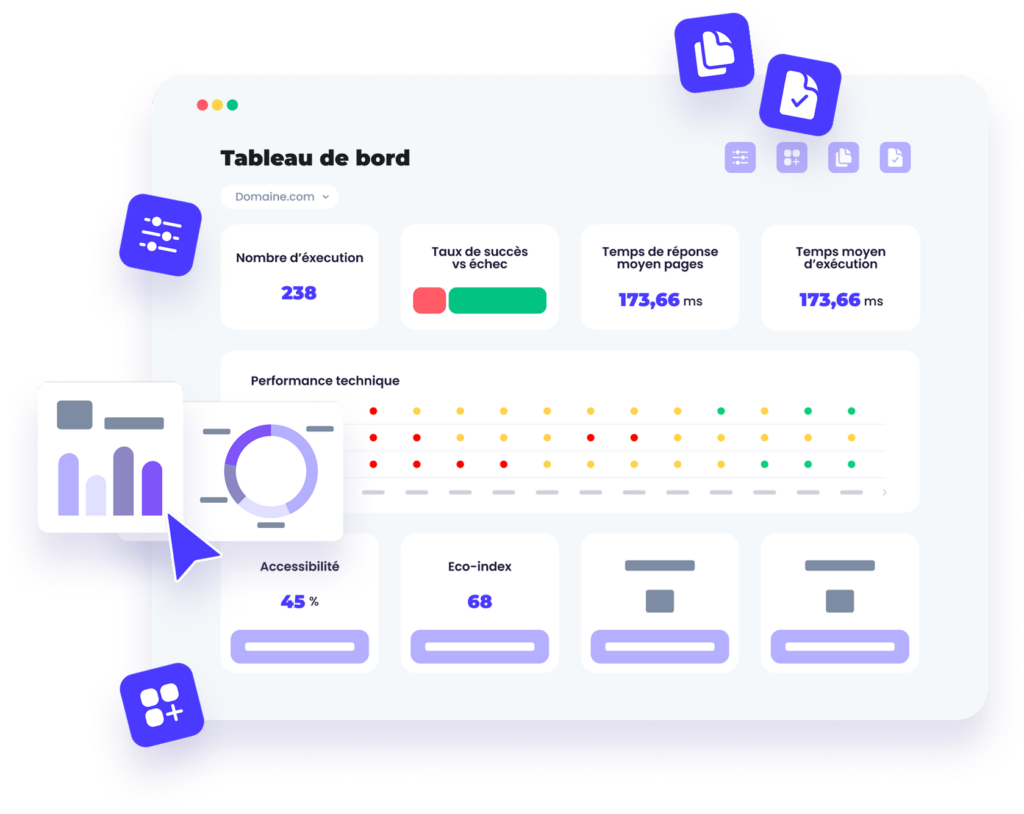
What are the accessibility tests?
As part of usability testing, accessibility testing ensures that digital products and applications are accessible to people with disabilities such as blindness, hearing problems or cognitive impairment.
Web accessibility is measured according to the following four principles:
1. Perceptibility: or the presentability of user interface components or information that users can understand with at least one of their senses.
2. Operability: the ability of all users to interact with application components or navigation.
3. Comprehensibility: the ease with which disabled users can understand the information conveyed and the application interface.
4. Robustness: the degree to which the content presented can be correctly interpreted using various technologies or user devices.
Disabled users will not be able to use the application or website if we do not respect these principles.
Why is accessibility testing so important?
The growth of digital technologies and applications means that almost everyone is becoming increasingly dependent on connected devices. The reality is that not everyone can interact with these devices in the same way, and many needs must be taken into account to ensure a positive user experience for anyone using your website or app.
Simplified accessibility testing thanks to no-code automation
The early and frequent integration of automated accessibility checks into development ensures that quality and accessibility are proactively managed at all stages of the software development lifecycle.
A codeless test automation platform such as Mr Suricate facilitates the integration of accessibility testing into your QA strategy, dramatically reducing the time to impact.
Test faster. Correct sooner.
The test at your fingertips,
and excellence to boot!

Detect incidents before your users do
Receive real-time alerts as soon as an incident occurs, and act quickly to keep your site up and running effortlessly.
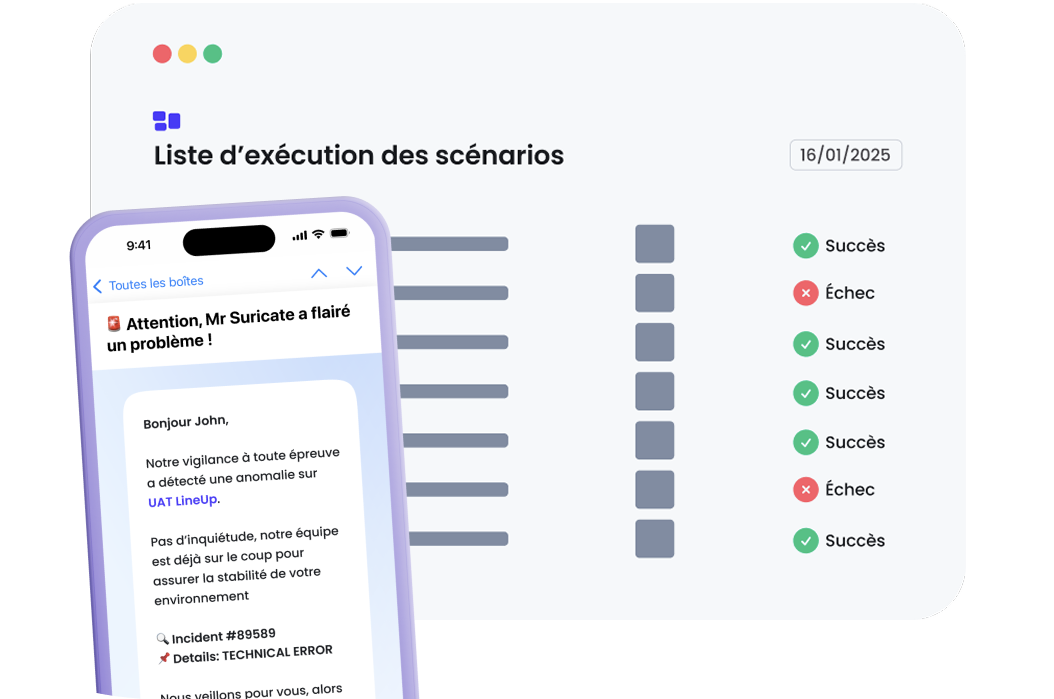

Your data under control
Visualize your website's performance in real time thanks to a customizable dashboard.
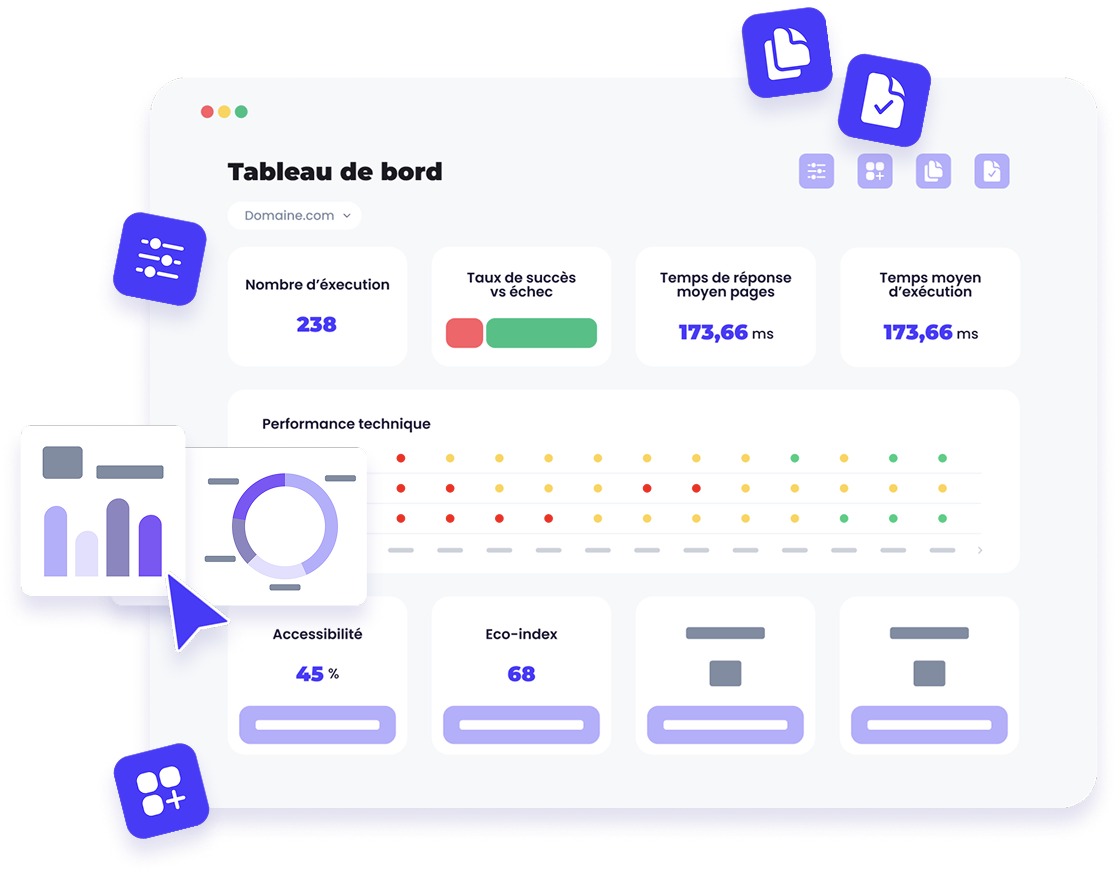

Scheduled campaigns
Plan your test campaigns, integrate your data and ensure complete end-to-end security.
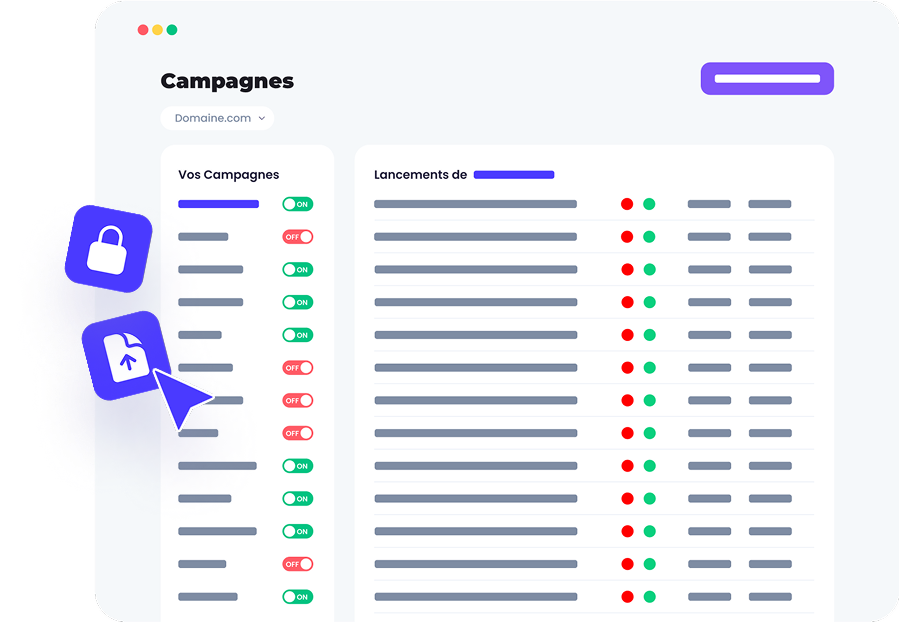

Reliable data for flawless monitoring
Track data accurately and validate user paths effortlessly.
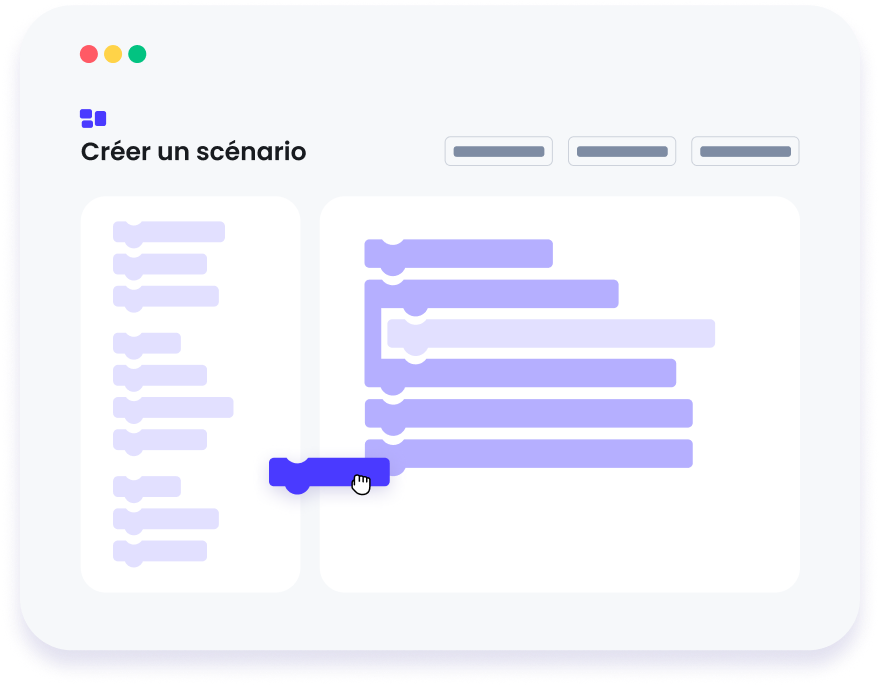

Accessibility made easy
Quickly identify non-conformities and optimize your platform's user experience.
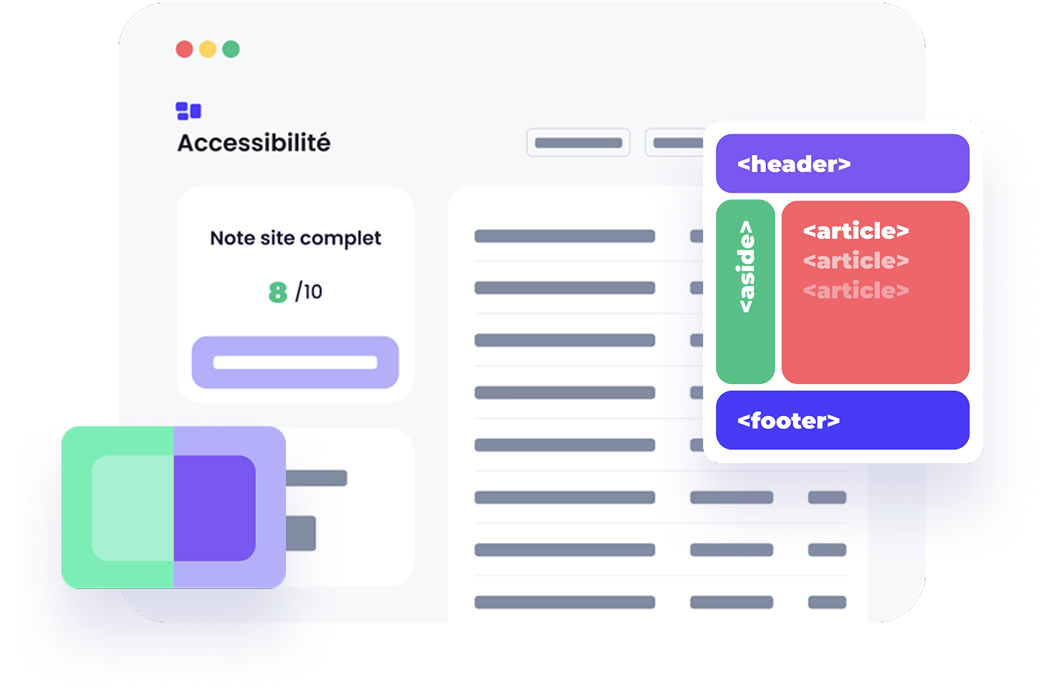

Easily create and maintain your scenarios
Quickly identify non-conformities and optimize your platform's user experience.
